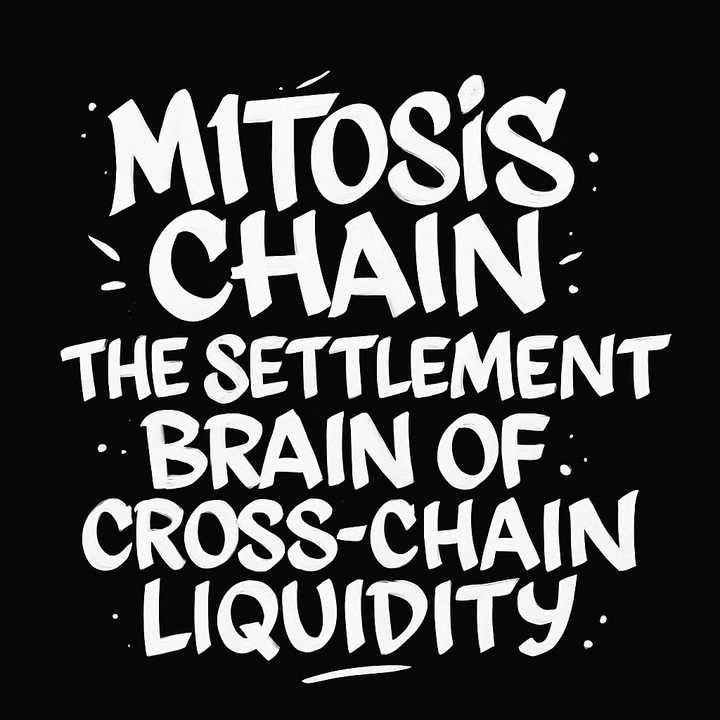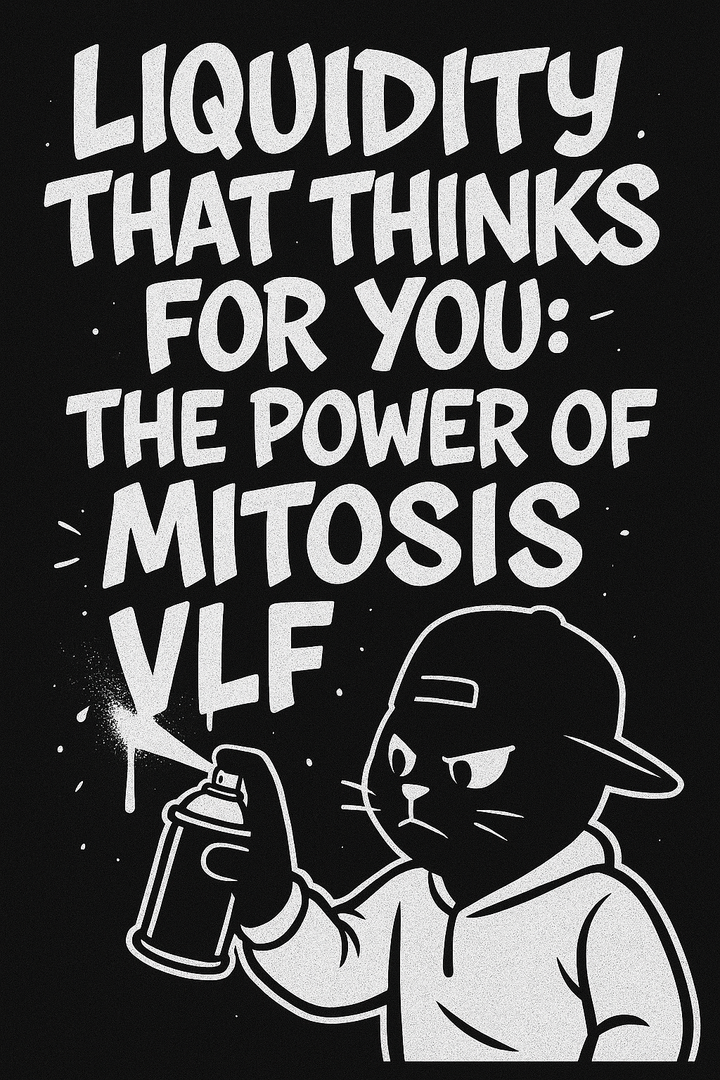Indexing in Web3 Explained
INTRODUCTION
In the world of Web3, most of what users see wallet dashboards, NFT galleries, decentralized exchanges is powered by a complex backend of blockchain data. But blockchain data isn't neatly organized or easy to access. That’s where indexing comes in. It's the invisible engine that powers nearly every user-facing app in crypto.
IWhat Is Indexing in Crypto?
Indexing is the process of organizing blockchain data into a structured, searchable format. Raw blockchain data is stored in blocks, and while it’s transparent and immutable, it’s also hard to read and very slow to navigate.
Indexing solves this by:
- Extracting specific data (e.g., wallet transactions, token swaps)
- Organizing it into a database
- Making it easily accessible to apps through queries or APIs
This allows dApps to fetch real-time information instantly, rather than scanning every block manually.
Why Does Blockchain Need Indexing?
Blockchains are designed to be secure and decentralized, not fast. Without indexing, getting your wallet balance, NFT collection, or DeFi history would require scanning every transaction across thousands of blocks.
Indexing brings order to the blockchain. It:
- Improves app speed and performance
- Enables live data displays for dashboards, exchanges, and games
- Reduces developer workload by removing the need to parse raw blockchain data
How Indexing Works
- Listen to the Chain
Indexing systems “listen” to specific events on the blockchain like swaps, votes, or mints. - Organize the Data
These events are pulled from the chain and saved in structured form, often into a database or subgraph. - Enable Querying
Developers can then ask for specific data using GraphQL or API calls—similar to using a search engine.
For Example
Imagine a user logs into a DeFi dashboard. Behind the scenes, indexing:
- Fetches their wallet address
- Pulls all swaps, deposits, and staking data from multiple chains
- Organizes it chronologically
- Displays it within seconds
Without indexing, this would take minutes or not work at all.
Indexing Providers in Web3
Several protocols and tools provide indexing infrastructure:
- The Graph
A decentralized protocol that allows developers to build and use subgraphs for querying blockchain data. - Goldsky
A modern indexing tool focused on speed, low latency, and real-time querying (used by mitosis) - Covalent
Offers rich APIs for pulling structured data across multiple blockchains. - SubQuery
Popular in Polkadot, Cosmos, and other ecosystems for indexing chain-specific data.
Use Cases of Indexing
- Wallets showing transaction history
- NFT platforms displaying assets owned
- DAOs tracking proposal voting
- DeFi platforms showing staking or lending data
- GameFi platforms managing in-game asset inventories
Why Indexing Matters for Web3
Without indexing, Web3 wouldn’t be usable at scale. It makes decentralized data feel smooth, real-time, and responsive. As Web3 apps get more complex and multi-chain, indexing will be even more critical to performance and scalability.
Conclusion
Indexing is the silent backbone of Web3. It powers the fast, intelligent interfaces users interact with every day by translating raw blockchain data into usable information. Whether you’re a developer, investor, or simply curious about DeFi, understanding indexing helps you appreciate the deep infrastructure that makes decentralization possible.
If blockchains are public libraries of financial data, indexing is the search engine that helps you find what you need - fast, efficiently, and on demand🤍



Comments ()